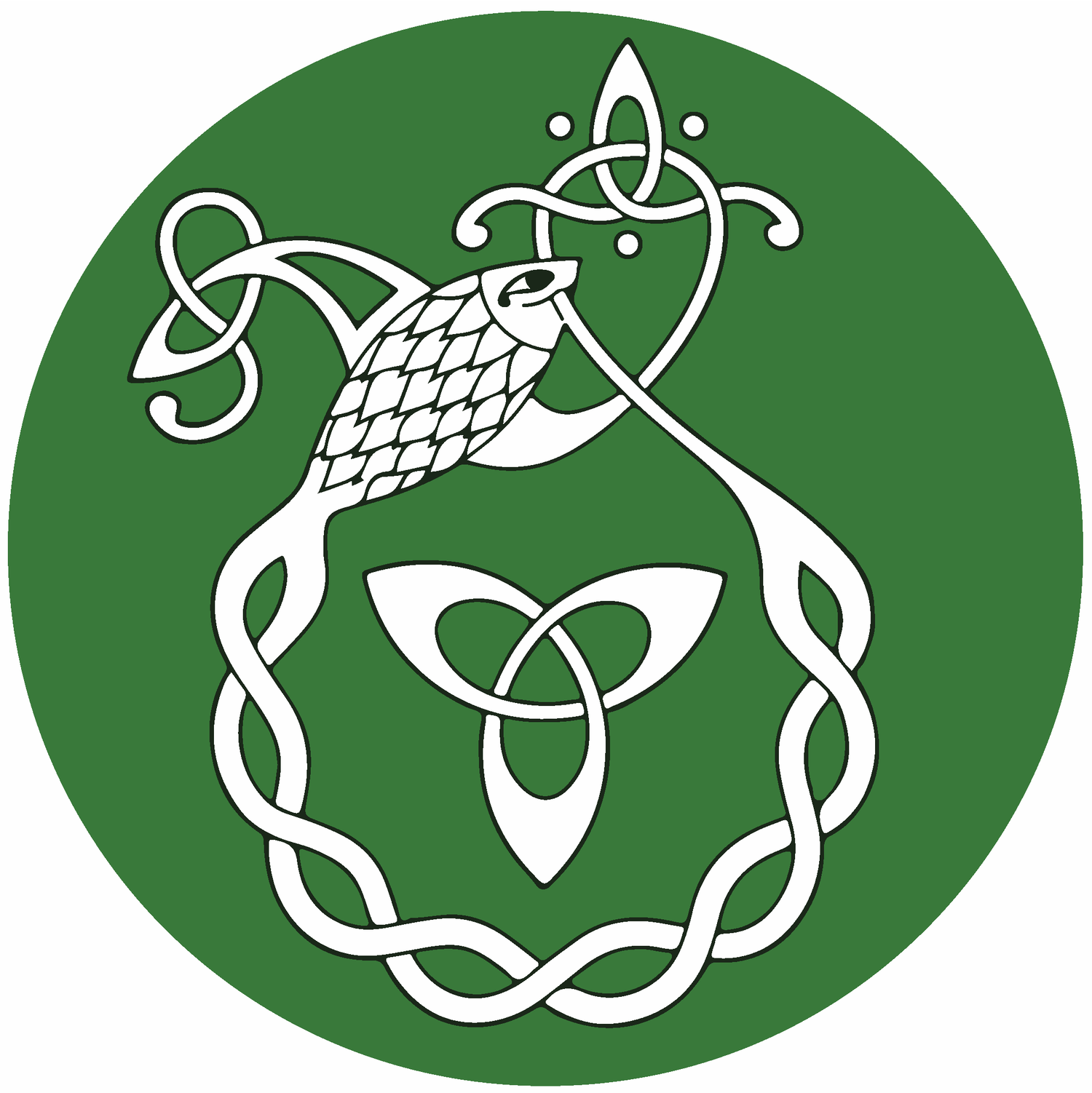Pádraig Ó Broin
1908-1967, of Toronto, Ontario
Born as "J. Patrick Byrne" in the picturesque Clontarf, Co. Dublin, Ireland in 1908, Pádraig Ó Broin's remarkable journey carried him across continents and languages, shaping him into a celebrated poet and cultural ambassador. At a young age, his family relocated to Toronto, Ontario, where his father embarked on a career with the T. Eaton Company. It was in this diverse city that Ó Broin's path was paved.
His poetic journey began in 1932, when he attended a gathering of the Toronto Scottish Society. There, the stirring words of W.B. Yeats resonated in his ears for the first time, kindling a deep interest in Irish literature and culture in him. This newfound passion also revealed a poignant truth to him—he felt a deep disconnection from his own Gaelic heritage. In response, he embarked on a challenging endeavor: to learn the Irish language, not an easy task in Canada at the time.
Describing his early efforts, he humorously recounted his limited resources—just three books, including O’Growney’s Simple Lessons, Dineen’s Dictionary, and Eleanor Knott’s Irish Syllabic Poetry.(1) Despite these humble beginnings, his commitment to the language endured.
Hazel Yake, his lifelong friend, offered insight into his creative process:
“When a poem came to Pádraig he believed in getting it down on paper right away no matter in what shape it first came. He kept a pencil and notebook by his bed. When driving in the country and a poem came he would pull off the road and write it down. And often poems did come suddenly, almost complete. But that was only the beginning. He would work on it, rearranging words and lines, taking out unnecessary words, searching for just the right word, selecting words for their assonance value. Many poems he revised and retyped dozens of times. The more he could condense it the happier he was with a poem … He was very observant of things around him. When he was a boy he spent hours walking with his dog, Barney, in places like the Rosedale Ravine. He appreciated nature in all forms – birds, butterflies, etc., and other life in woods and streams. In later years he got great pleasure from exploring rural areas. This is reflected in his poetry.”(2)
As an Irish speaker in a North American city, bridging the gap between two worlds was not easy, but Ó Broin's dedication to the Irish language and culture was unwavering. He firmly believed that language was the lifeblood of culture stating,:
“Language is indispensable to culture. Individuals die, but the culture which flows through them, and which they help to create and to change, is all but immortal. Without literature the flow would cease, the culture would wither.”(3)
For this purpose, he established the "Cló Chluain Tairbh" printing press in 1939. With this Toronto publishing house he nurtured Celtic cultures through his Irish language poetry and periodicals like “Irisleabhar Ceilteach” and “An Teangadóir” operating in the 1950s. These journals, which he edited with Hazel Yake, steadfastly promoted the richness and vitality of Celtic languages and were among the first pan-Celtic magazines in the world at the time.
In 1957, during a poignant visit to his ancestral homeland, Ó Broin took a profound step and legally changed his name to "Pádraig Ó Broin." He also proved that his Irish was not limited to the page when he was interviewed in Irish by Raidió Teilifís Éireann in 1958. In the 1960s, Ó Broin embarked on a remarkable translation project, bringing ancient Irish poems into English for an anthology titled "Feargus Rua Cencinit." Sadly, his journey came to an untimely end in 1967, leaving this ambitious project unfinished. Nevertheless, his legacy endures, enriched by his numerous contributions to poetry in both Irish and English. His poetry, infused with themes of love, life, and a profound yearning for his homeland, served as a bridge to connect his Canadian life with his Irish heritage.
John Robert Colombo described his friend Pádraig as “a man who has come to life too late in a country too far to the West. The spines of thousands upon thousands of old and ancient books, manuscripts old and new, lining the shelves of his basement library, off O’Connor Drive, Scarborough.”(4) Pádraig vast library was donated to St. Michael’s College (University of Toronto) and today forms the heart and core of their Irish language resources, enriching the journey of countless students.
For citation, please use: Ó Dubhghaill, Dónall. 2024. “Pádraig Ó Broin.” Na Gaeil san Áit Ró-Fhuar. Gaeltacht an Oileáin Úir: www.gaeilge.ca
Many thanks to historian Kevin Dooley for his advice and research leads on this subject. Considerable research has also been published by Pádraig Ó Siadhail in the paper “Pádraig Ó Broin (1908–1967): ar thóir a oidhreachta Gaelaí i gCeanada.”
-
Ó Broin wrote: “When I first met Gaelic and started to learn it, it so happened that the only three books I owned (books one does not own counting little) were Part 1 of O’Growney’s Simple Lessons, Dineen’s Dictionary, and Eleanor Knott’s Irish Syllabic Poetry, dealing with the classical poetry of the period 1200-1600. As may be imagined, I did not get far in the beginning with that particular combination of tools, through now that I have learned a little Irish two of them, Dineen and Knott, are still constantly in my hands.”
Yake, Hazel. 1980. “Pádraig Ó Broin (1908-1967).” Poetry Toronto Newsletter. 51 (Mar). Poetry Toronto: Toronto.
Ó Broin, Pádraig. 1956. Teangadóir. 3(9) Dec.
Colombo, John Robert. 1980. in Poetry Toronto Newsletter. 51 (Mar). Poetry Toronto: Toronto.




